Text by Piotr Bockowski
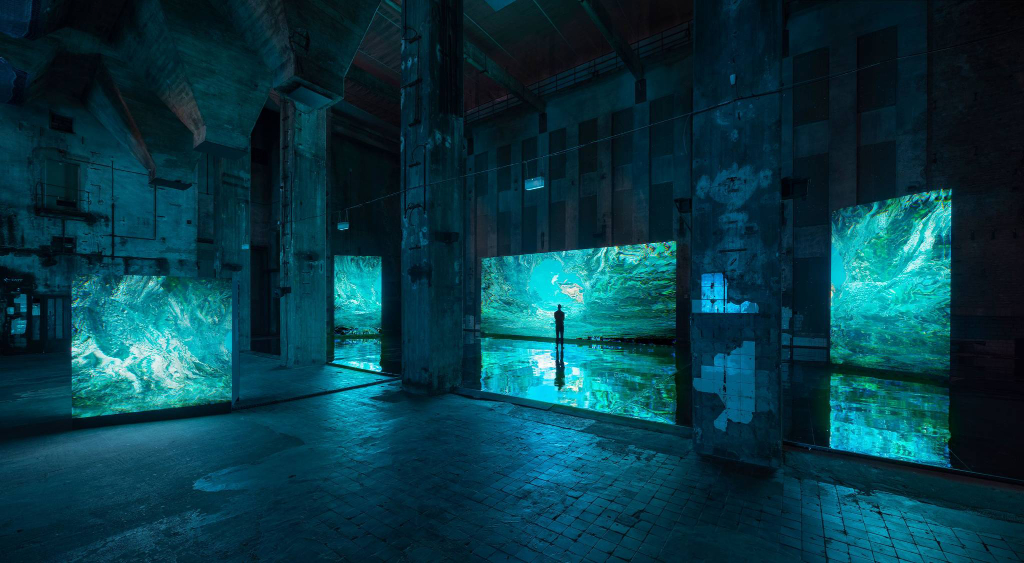
An obsolete Soviet power plant in East Berlin has become a multimedia vehicle to the city’s origin this summer. Infamous for its techno/fetish club nights, Berghain was transformed by Jakob Kudsk Steensen on June 10 into a multi-channel projection space of digital 3D swamp, which reflects its glistening image on the synthetic floor surfaces and interlaces with rough concrete textures of the interior.
Employing state of art simulation tools from the video games industry, such as the Unreal game engine and AI algorithms that assist the evolution of vegetative biomorphs or animation of light, Steensen is not interested in the spectacle of high-tech in itself. Instead of perceiving simulations as extensions of ecosystems, he engages with advanced technology as a sophisticated reconnection process to base the materialities of life. According to Steensen’s approach, technology allows ecological insight and flourishing rather than domination over nature.
In the exhibition title Berl-Berl, Berl is an old Slavic word for ‘swamp’. It references the early mediaeval Slavic settlements in the wetlands by river Spree (particularly Pankow and Kopenick), which were transformed into the Germanic town Berlin during the late Middle Ages.
This trans-cultural etymology was researched extensively by the specialist on swamp and technology, Dr Dane Sutherland (operating via excellent mixed reality IG: Most Dismal Swamp), who supported the concept of Berl-Berl with his background report ‘View from the Swamp’. It reconstructs unique cultural imagination erased in the process of the historical extermination of Slavic Pagans by Germanic Christians between rivers Elbe (Laba) and Odra (Oder), a founding event of what is now the capital city of Germany.
Unearthing the story of Berlin’s origin from Slavic swamp dwellings, Steensen attempts not only to re-animate the swamp as hypercomplex ecology of nonhuman life and expose its crucial importance for providing ancient, diverse habitats as well as clean water within central European environments – importance comparable to rainforests or coral reefs in tropical areas.
Intriguingly, Steensen also brings to life the extinct human cultures through features of their oral traditions of swamp songs, which are said (according to the research by Sabina Asmus, who interviewed some of the very few descendants of Sorbian Slavic tribes) to help to navigate the natural landscape through storytelling. Thus, understanding vegetation through a song, macro photogrammetric 3D simulation of Spreewald’s fauna and flora, achieved with hundreds of photographs of each piece of mud or fungus provided by Berlin’s Museum fur Naturkunde, is narrated by the haunting voice of Arca, merged with spatial sound design by Matt McCorkle and local amphibians.
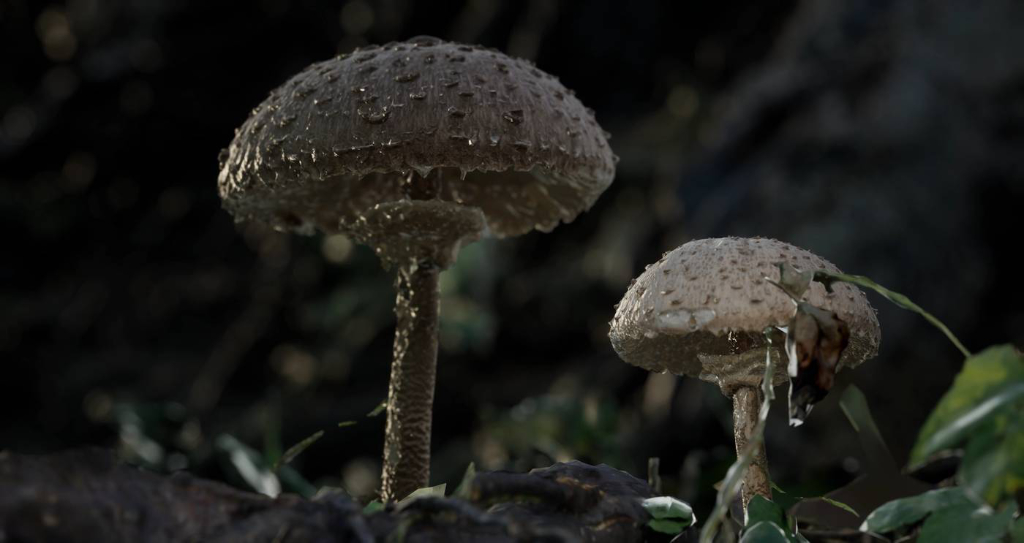
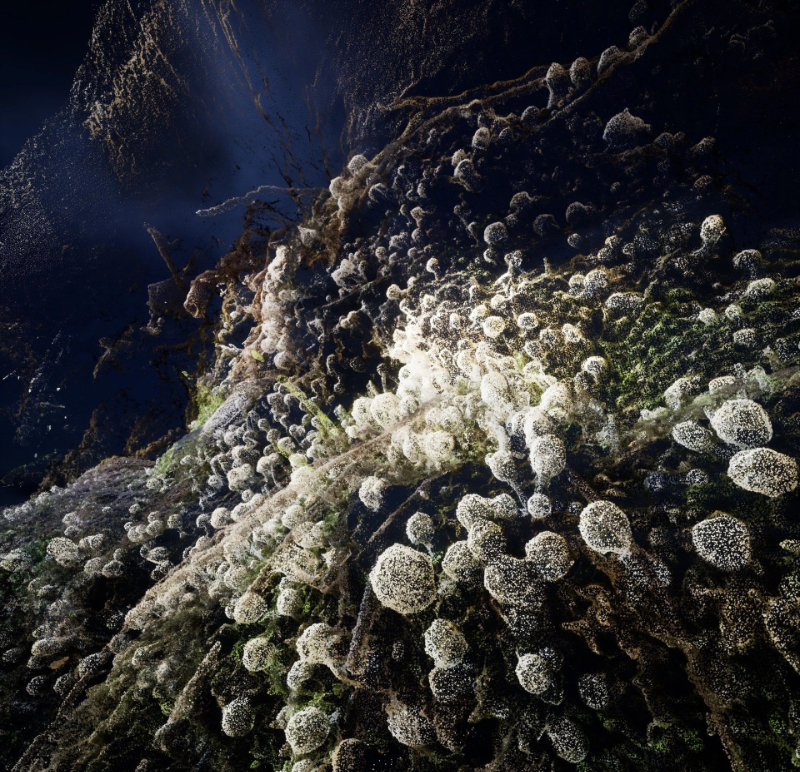
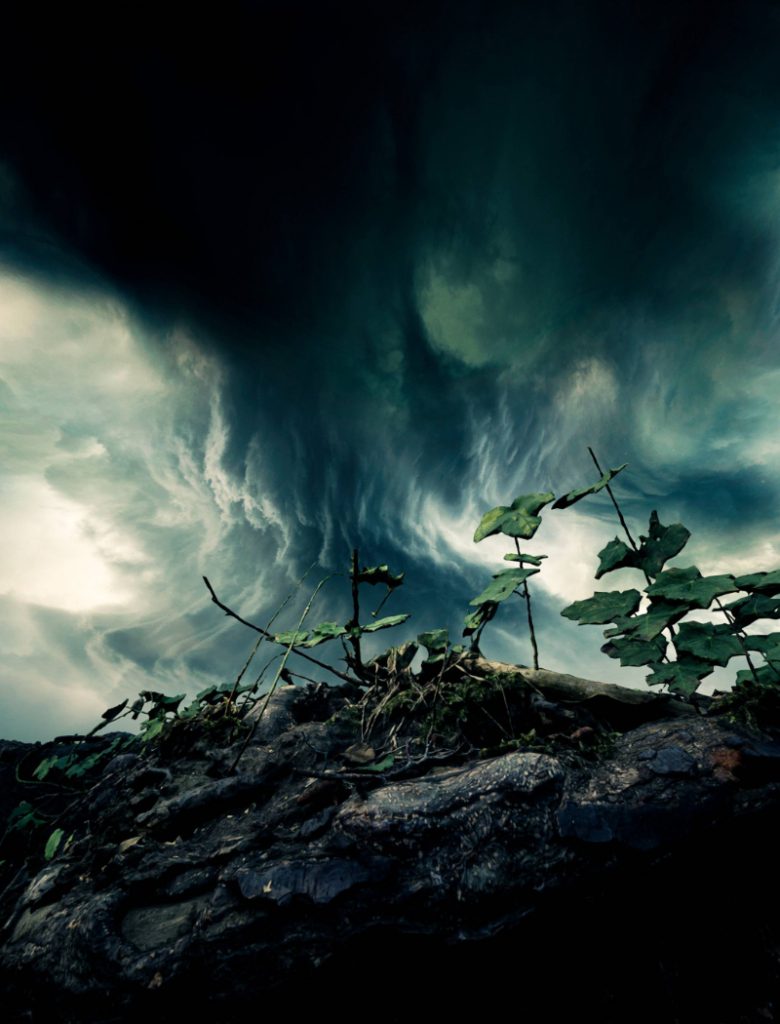
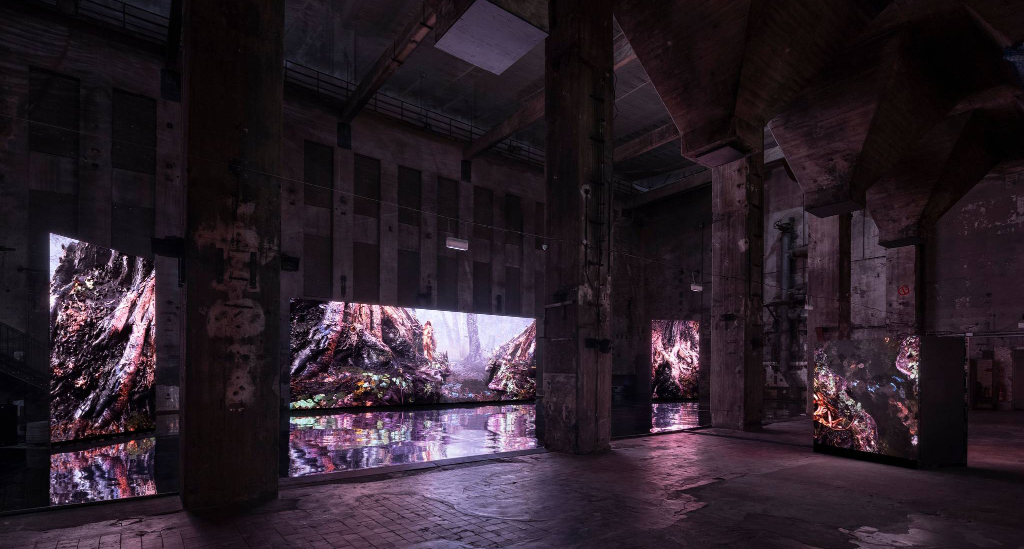
Perhaps nonhuman life forms can be understood by humans only through their attempts to perform together with nonhumans. With this approach, the only way to get to know anything about nonhumans is to initiate mutualistic actions of humans with nonhumans. In Steensen’s art installation, media technologies have become a material form of these trans-human and co-species involvements.
Possibilities of virtual world-building and storytelling within Berl-Berl, inspired by cosmologies of ancient Slavic paganism and environmental storytelling of nonlinear videogames, find their momentum in the analogue medium of Arca’s singing. Influenced earlier in the singer’s career by nostalgic carols of her native Venezuelan farmers, Arca involves similar melodic techniques to express the ghostly swamp-dwelling of uncanny Pagan Slavs of Brandenburg vocally. The poetics of her singing follow Steensen’s intention to overcome loss and embrace new worlds emerging from things that disappear and decay.
Self-identifying as a transgender mutant, Arca is celebrated for her creaturely ability to shape-shift, which can manifest intense kinship to the swamp’s dynamism; in Steensen’s view, she negates stagnation and embodies transformation and fluidity. For Steensen, the singing swamp is a semi-mystical space of indefinable metamorphosis.
Singing leads the enfolding Berl-Berl visions, travelling across the digital layers and generated in real-time dimensions of a alive environment, meshed bioparticles, pulsating bodies, the metamorphosis of vegetation or consumption of petrified insects. It all leads the viewers to a tangle spectacle of a totemic tree entity nourished by the swamp through roots twisting into the fungal underworld. The tree entity represents the West Slavic deity Triglav, whose three faces navigate realms of Prav (heaven), Yav (earth) and Nav (underwater) – visualised by spectacular inside-out expositions and projections that travel under, over and on the surface of the 3D swamp. The intimate tone of Arca’s song re-animates the extinct cult of Triglav in a way it mediates between the worlds of Berl-Berl and human spectators.
The installation will finish on September 26 with a live act of Arca at Halle, which LAS organised at Berghain. Nevertheless, Steensen will not terminate the Berl-Berl project with the end of the Berghain installation and intends to continue it much longer via its online platform berlberl.world that is being developed as a ‘swampy’ think-thank of horizontal exchange between artists and researchers with a view to hosting various performances, talks and other interventions. A hybrid ode to tangible co-existence across and beyond technologies.





